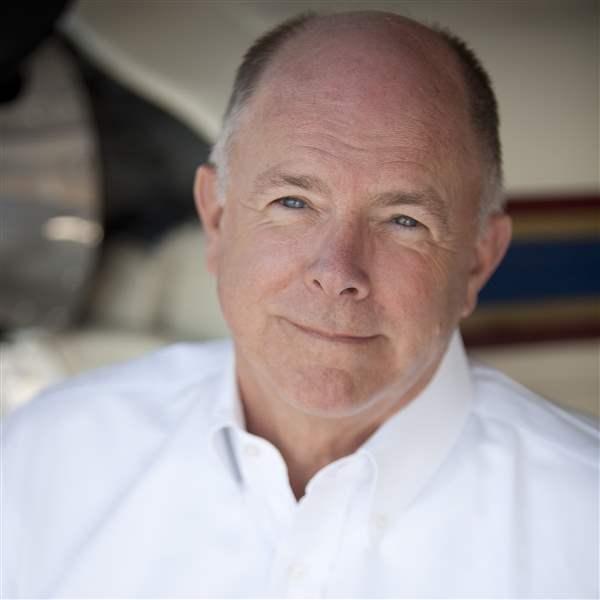
Rampside and ready
At the Long Beach, California, airport, one of Angel City Flyers' four rental Cessna Citation Mustangs is prepped for flight.
Where: Long Beach, California
Photographer: Chad Slattery
When the first generation of very light jets cropped up in the early 2000s, it created a need for a new type of flight instructor. Sure, if you train in the airplane and pass a type rating checkride, you can legally fly solo in a single-pilot-certified jet. If your training and checkride were accomplished in a Level D simulator, the FAA may require that you log 25 hours or so of supervised operational experience time before flying single-pilot. But is it rational to expect true proficiency and operational confidence with a freshly issued type rating?
Probably not. Even 25 hours may not be enough to become comfortable and safe flying on your own—especially when it comes to those stepping up from complex piston singles and twins. To be sure, manufacturers and insurers have a say in the matter, and require additional real-world training. And that’s a good thing.
Mentor pilots provide the kind of extra instruction and oversight that’s needed to get freshly rated turbine drivers over the hump of what can be a huge learning curve. Remember, their only experience has been training to pass the checkride. Now, it’s time to fly real routes, in real weather, in real ATC environments, and in airplanes that may cruise some 200 knots faster than what they’ve flown before.
This gives the mentor some epic challenges. How do you know when a pilot is safe and competent to fly on his own?
AOPA Pilot’s Turbine Edition is fortunate to have Neil Singer as a contributor. Singer is a well-known mentor in Embraer’s Phenoms and Cessna’s Citation Mustangs, among other types. What does he want to see before he gives his endorsement?
“I want to see a pilot who’s comfortably ahead of the airplane, and somewhat relaxed,” he said. “I don’t want to see someone who acts rushed, has a tempo that’s inappropriate, or seems fixated. You see that a lot when pilots get too deep into the automation. I want to see a brain that’s scanning, not absorbed.”
So how long does it take Singer to endorse a logbook? “For someone coming from piston singles it can be as much as one and a half to two years,” he said. “It all depends on his background. But for someone with previous jet experience, 25 hours is about right.”
For this issue’s “Rent-A-Mustang” story, I flew with Angel City Flyers’ Seosamh Somers, another high-time mentor pilot. “I like to let them do their own thing and tailor the mentoring to fit their own problem-solving methods. I watch them get into trouble—with the automation for example—and then observe how they work through the problem and get out of it,” he said.
“Overdependence on automation is a big issue. I want to see someone deep into button-pushing, say, with vertical nav modes, decide to go down a notch and hand-fly instead of getting themselves into a worse situation. Like if they’re climbing at 2,000 fpm and target altitude is 300 feet away, do they kick off the autopilot, come off the power, bank to shed altitude, and recover that way? That’s good judgment.
“Then there’s character. Does he or she have the strength to tell passengers ‘no, we’re not going, the weather’s too bad,’ or to tell ATC ‘no, I can’t comply with that, give me some time.’ That’s pilot-in-command behavior.”
“It boils down to the person’s capacity to observe himself,” Somers adds. He says that someone with time in single-engine or twin turboprops will take about 25 hours to sign off. No turbine experience? It’s more like 50 hours.
Singer and Somers agree on one other hard-and-fast requirement. They ask themselves, “Would I let my family fly with this person sitting alone up there?” If the answer isn’t a firm “yes,” then it’s more mentoring.
Email [email protected]



